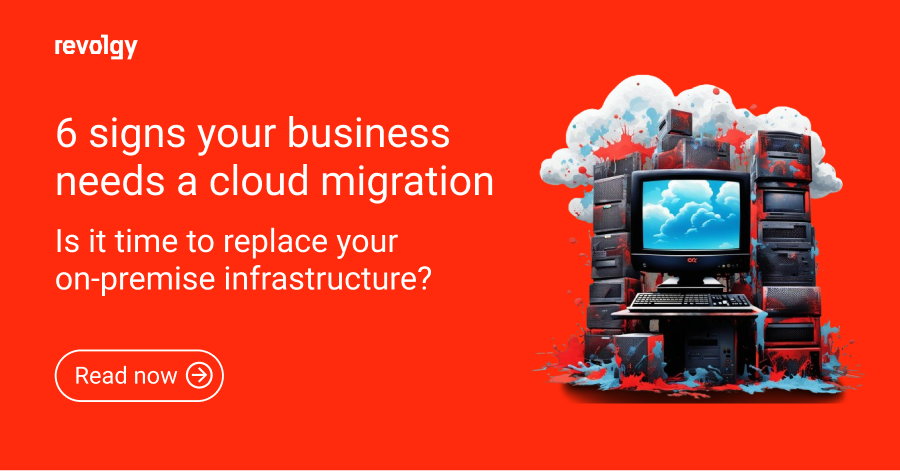Cloud Platform Services
Picking the right cloud strategy: native, agnostic, or a bit of both?
Cloud computing is no longer a debate about if to embrace the cloud, but how to do it.
This guide breaks down the strengths and weaknesses of each cloud option. We’ll explore the speed and power of cloud-native, the flexibility of cloud-agnostic, and even peek at the hybrid option, to help you choose the right cloud strategy for your business.
Understanding the basics
The key difference between cloud-native and cloud-agnostic approaches lies in their philosophy of building and deploying applications in the cloud.
Cloud-native applications are specifically designed for cloud environments, leveraging features like microservices, containers, and orchestration tools for high performance and scalability. They’re tailored to a specific cloud provider, potentially leading to vendor lock-in but offering optimized performance.
Pros:
- High performance and scalability
- Quick development and deployment
- Efficiency in cloud resource usage
Cons:
- Requires specialized skills
- Risk of being locked into one provider
- Potentially higher costs
A cloud-native approach can be ideal for organizations that prioritize high performance, scalability, and rapid development within a specific cloud environment.

On the other hand, cloud-agnostic applications and systems are designed to be independent of any specific cloud provider. This means they can be easily moved or ported between different cloud platforms, such as Amazon Web Services (AWS) or Google Cloud Platform (GCP), without major changes or disruptions.
They use standard technologies and open-source tools to run seamlessly across any cloud platform but may sacrifice some performance and functionality compared to their cloud-native counterparts.
Pros:
- Freedom to choose any cloud provider
- Potential cost savings by avoiding premium services
- Simplicity in development and management
Cons:
- May not reach the same performance levels
- Might miss out on some advanced cloud features
- Compatibility across different platforms can be a challenge
Overall, a cloud-agnostic approach can be a good choice for organizations that prioritize flexibility, vendor independence, and portability over the absolute highest performance.
The best of both worlds
Hybrid cloud offers a middle ground between cloud-native and cloud-agnostic, allowing you to leverage the benefits of both.
It allows you to leverage the strengths of both public cloud resources and your existing on-premises infrastructure, offering a balance of control, flexibility, and cost-effectiveness. However, managing a hybrid environment can be complex, requiring expertise in both cloud and on-premises technologies and introducing potential security concerns and network latency challenges.
Pros:
- Balances control, flexibility, and cost-effectiveness
- Leverages the strengths of both public cloud and on-premises infrastructure
Cons:
- Requires expertise in both cloud and on-premises technologies
- Security concerns and potential latency issues may arise
Which approach is right for you?
The best approach depends on your specific needs and priorities. You might want to answer a set of questions before you decide which cloud strategy to choose.
This may include questions like, Do you need the highest performance and scalability possible? Is flexibility and avoiding vendor lock-in crucial? Do you have existing on-premises infrastructure or need specific regulatory compliance? What are your budget and skillset limitations? And many more — the choice depends on your specific needs.
And don’t be afraid to experiment! You can even use different approaches for different applications within your organization.
Ultimately, why not discuss your cloud options with experts who can help you decide the best cloud strategy for you? You can schedule a free consultation with us to discuss the different options you have.
⛅ What are the benefits of having a cloud partner? Find out in our free ebook.



